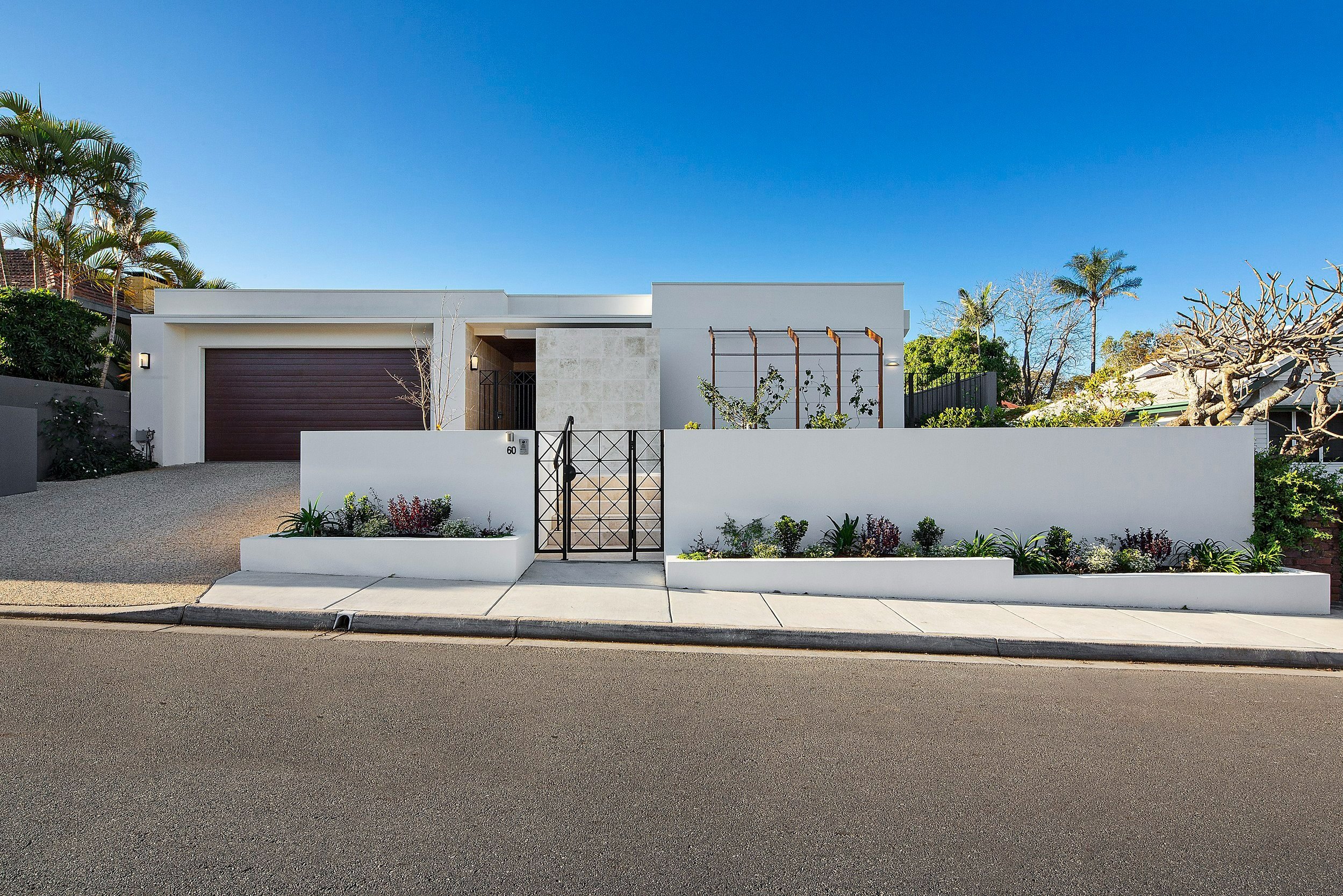
Passivhaus Australia
What is Passivhaus?
Passivhaus, also known as Passive House, is a rigorous building standard that focuses on creating ultra-energy-efficient buildings with exceptional comfort and indoor air quality. The concept originated in Germany in the late 1980s and has since been adopted worldwide.
Passivhaus buildings are designed to achieve a high level of energy efficiency, typically requiring up to 90% less heating and cooling energy compared to conventional buildings. This not only reduces energy bills but also lowers the environmental impact associated with heating and cooling.
Certification of a Passivhaus requires meeting strict performance criteria outlined by the Passivhaus Institute, including specific limits on energy consumption for heating and cooling, airtightness, and overall energy efficiency.
Overall, Passivhaus buildings offer a holistic approach to sustainable design and construction, delivering benefits that extend beyond energy efficiency to encompass comfort, health, durability, and environmental stewardship.
Passivhaus Key Design Principles
The design principles for passivhaus must be reflected in the materials, quality and construction of a home as well as the technical criteria for Passivhaus certification are established by the Passivhaus Institute and are designed to ensure that buildings meet stringent energy efficiency and comfort standards.
Meeting these technical criteria requires careful design, high-quality construction, and rigorous testing throughout the building process. Certification is typically awarded by the Passivhaus Institute or accredited certifiers following thorough evaluation and verification of compliance with the criteria.
Designing a home that is beautiful and matches your style is imperative but ensuring it also meets the passivhaus standards is our passion.
-
Passivhaus buildings are constructed to be extremely airtight to prevent drafts and minimize heat loss through infiltration.
-
Passivhaus buildings have a continuous insulation layer to minimize heat / cool, loss / gain, ensuring stable indoor temperatures year-round.
-
Mechanical ventilation systems with heat or energy recovery are employed to continuously supply fresh air while recovering heat/energy from the outgoing air, maintaining high indoor air quality without significant energy loss.
-
Specialised windows and doors with advanced thermal properties are used to further reduce energy loss.
-
Passivhaus design eliminates thermal bridging, which occurs when heat bypasses insulation through materials with higher conductivity, such as steel.
-
Space Heating Demand: The space heating demand must not exceed 15 kWh/(m²a) (kilowatt-hours per square meter per year). This criterion ensures that the building requires minimal heating energy to maintain comfortable indoor temperatures.
Total Primary Energy Demand: The total primary energy demand for all purposes, including heating, cooling, hot water, lighting, and appliances, must not exceed 120 kWh/(m²a). This criterion promotes overall energy efficiency and reduces reliance on fossil fuels.
Airtightness: The building must achieve an airtightness level of ≤ 0.6 air changes per hour at 50 Pascals (ACH50). Airtight construction helps minimize heat loss through infiltration and ensures consistent indoor temperatures and air quality.
Thermal Comfort: Passivhaus buildings must maintain comfortable indoor temperatures year-round, typically within the range of 20-25°C (68-77°F) in living areas and 18-23°C (64-73°F) in bedrooms.
Renewable Energy: While not a strict requirement for certification, Passivhaus encourages the integration of renewable energy systems, such as solar panels or wind turbines, to further reduce the building's environmental impact and reliance on non-renewable energy sources.
Summer Comfort: Passivhaus buildings should also provide adequate thermal comfort during hot summer months, with indoor temperatures typically not exceeding 25°C (77°F) for more than 10% of the year.
Benefits of Passivhaus
-
Passivhaus design prioritizes indoor comfort by maintaining stable indoor temperatures year-round and minimizing drafts and temperature variations. This results in a more comfortable living or working environment for occupants, with consistent temperatures and excellent indoor air quality.
-
Passivhaus buildings typically require up to 90% less heating and cooling energy compared to conventional buildings. This high level of energy efficiency significantly reduces utility bills and reliance on fossil fuels, contributing to long-term cost savings and environmental sustainability.
-
Passivhaus buildings are designed to have superior indoor air quality, with continuous fresh air supply and effective ventilation systems that remove pollutants, allergens, and excess moisture. This promotes healthier indoor environments, reducing the risk of respiratory problems and other health issues.
-
Passivhaus construction emphasizes high-quality materials and meticulous attention to detail, resulting in durable, well-built structures that are less prone to moisture damage, mold growth, and structural issues. This can lead to lower maintenance costs and longer building lifespans.
-
Passivhaus buildings are inherently resilient to external climate conditions, with robust insulation, airtight construction, and effective ventilation systems that help maintain comfortable indoor conditions even during extreme weather events. This resilience can enhance occupant safety and well-being in the face of climate change-related challenges.
-
By significantly reducing energy consumption and greenhouse gas emissions, Passivhaus buildings contribute to environmental sustainability and help mitigate climate change. They also promote resource efficiency by minimizing the use of non-renewable materials and optimizing building performance.
-
Passivhaus certification can enhance the market value and appeal of buildings, attracting environmentally-conscious buyers or tenants who prioritize energy efficiency, comfort, and sustainability. Additionally, Passivhaus buildings may qualify for incentives, grants, or certifications that recognize their environmental performance.



